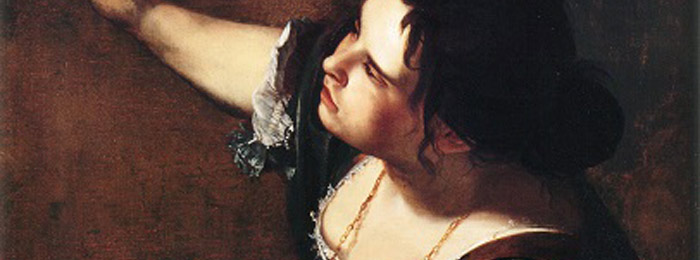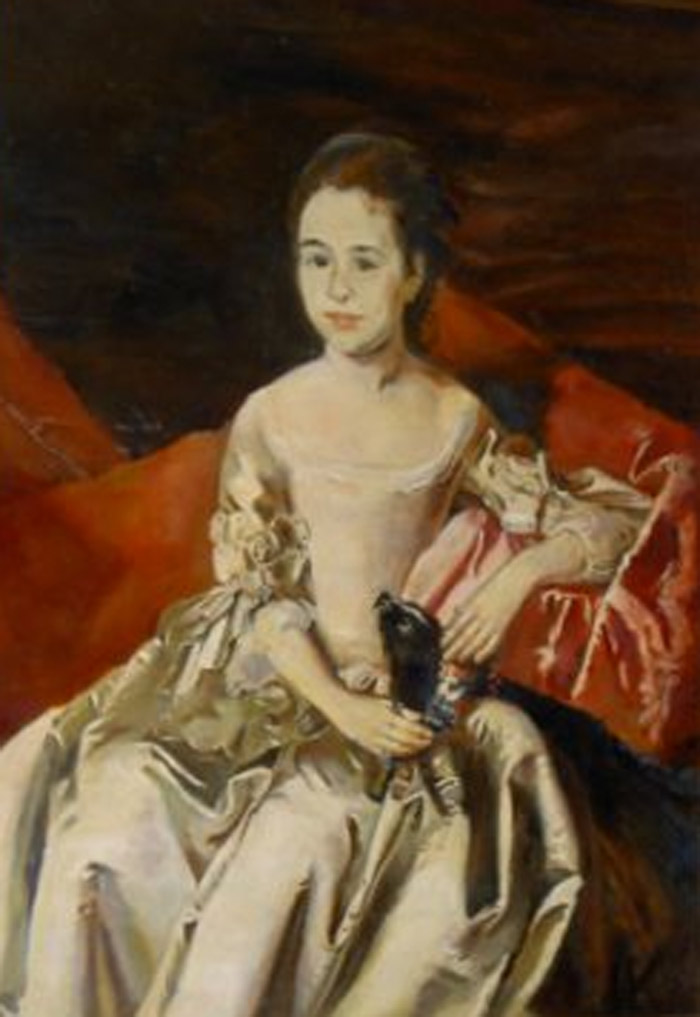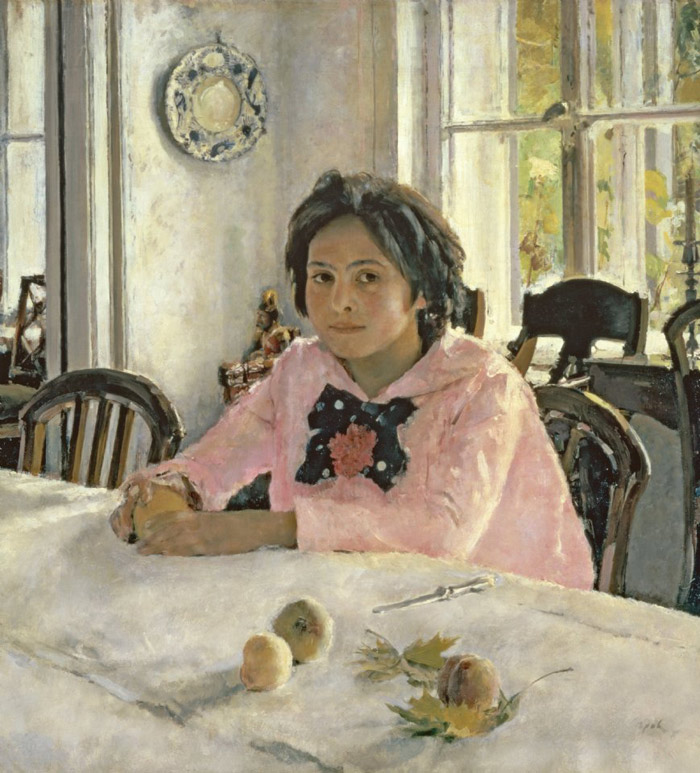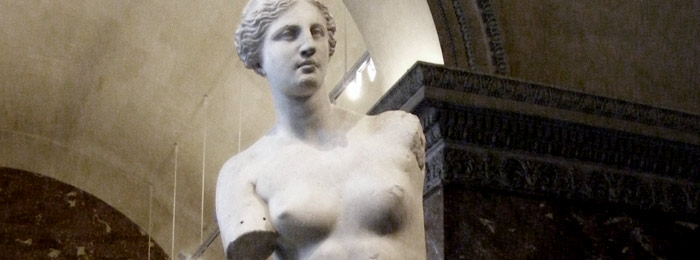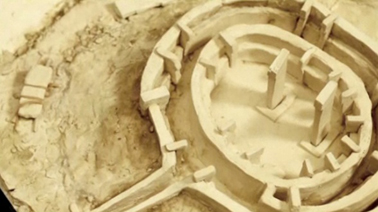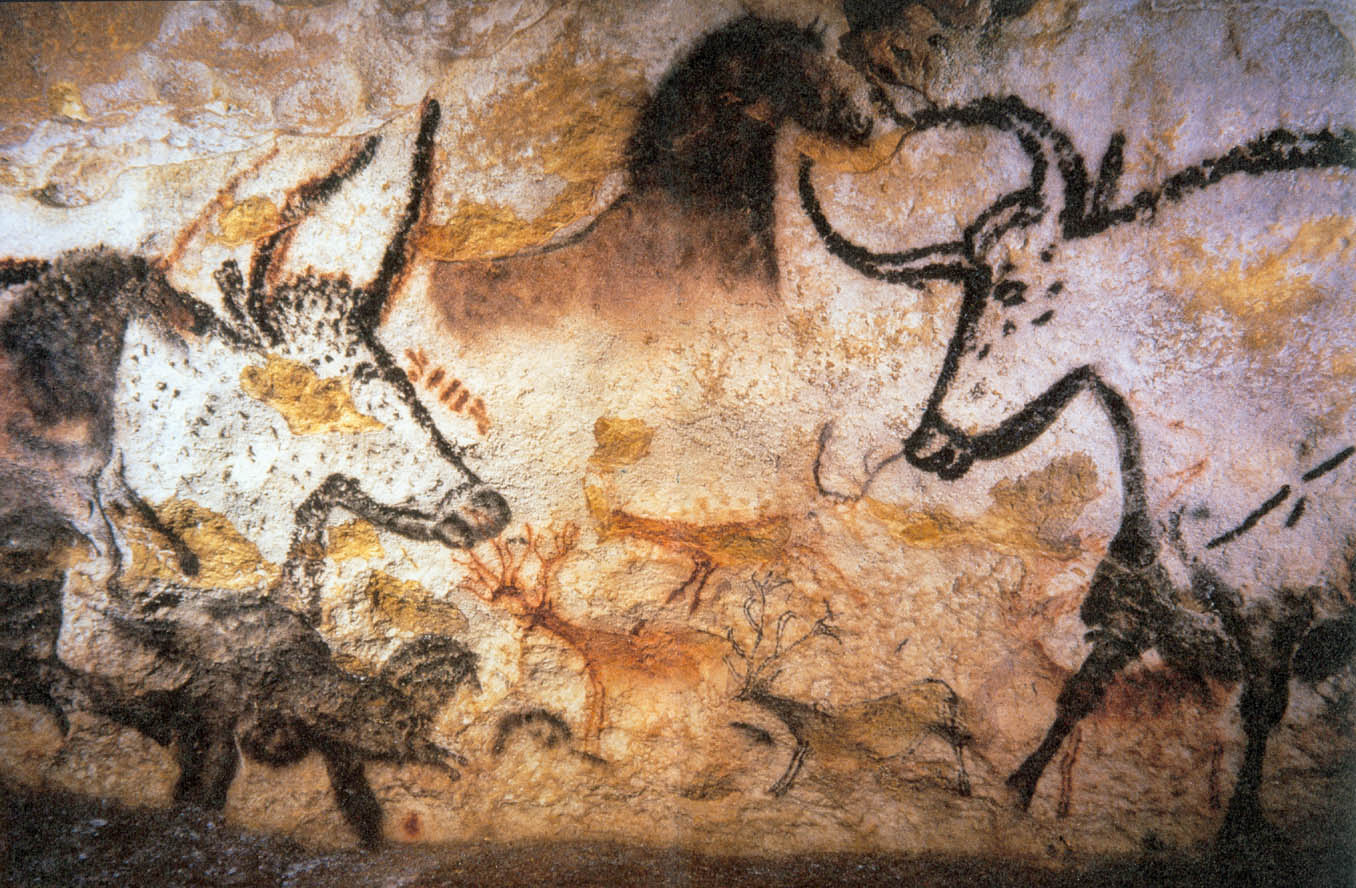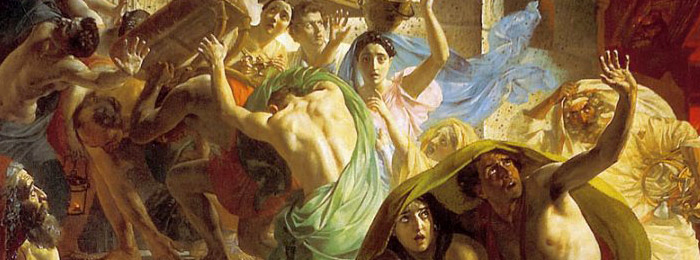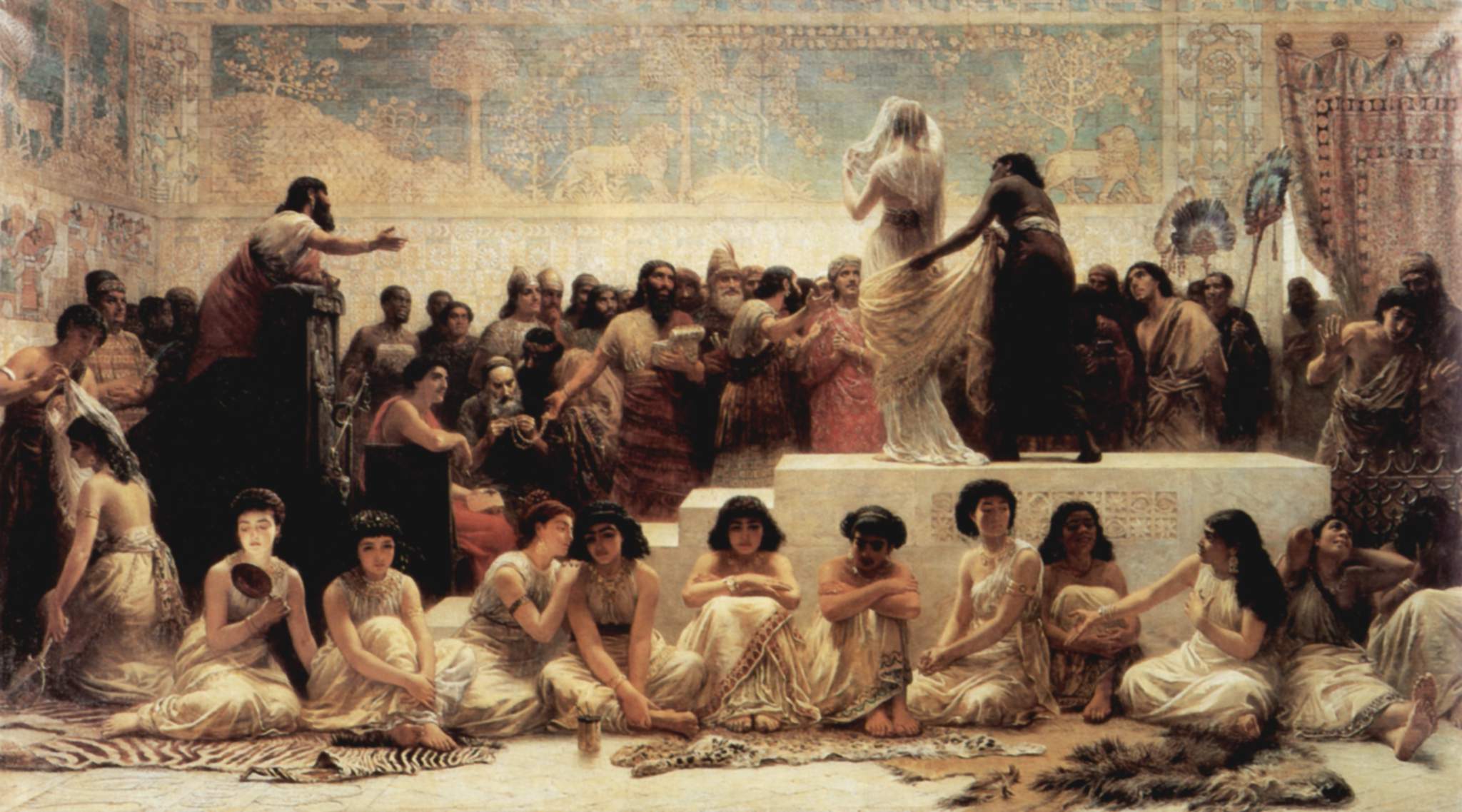Life of Artemisia Gentileschi
Article by Slater Smith
Throughout art history, there are very few accomplished female painters. This was caused by numerous factors, most relating women being too “delicate” for work. Despite societal standing, a small portion of determined souls were able to learn the art. One of the first and most successful female painters was Artemisia Gentileschi, one of the Great Masters from the Baroque period, famous for her depictions of Judith. Her works were skillfully rendered, full of a feminist’s spirit, and rival that of her male contemporaries.
Artemisia was born on July 8th, 1593, in Rome. She exhibited extraordinary artistic talent in her youth. Her father, Orazio Gentileschi, was able to recognize this and decided to train her, as women were not allowed to attend art academies in the 17th century. Orazio was no stranger in the field of painting. He was a Caravaggisti, or a follower of Caravaggio. His works incorporated the chiaroscuro technique, creating incredible tonal contrast and drama within a scene. Artemisia became influenced by the same technique and, for some time, critics could not tell whether she or her father had made a particular piece. From further training and expanding her view on life in general, Artemisia began to develop her own sense of style. Her first known work is titled “Susanna and the Elders”…


